KODACHROME BASIN STATE PARK (Day 21 - part 1)
I slept like a baby (basically I was up every hour) because one was crying on and off all night in the tent next to me. The cold wasn't too bad although my tent zipper was starting to break and I couldn't always close things up tightly.
I got up at 6 am, packed up the car and headed off. Of course by then, the baby was finally sleeping.

Sunrise from the tent
I arrived just before 8 am at Kodachrome Basin State Park. The ranger wasn't in yet so I filled out a self-pay envelope for the park fee. No sooner had I completed it when the ranger arrived... so at least I was able to get a park map.



The Black-tailed Jackrabbit is also known as the American Desert Hare. Its long ears help keep it cool, much like the radiator of a car. Tiny blood vessels in the ears release heat as blood circulates through them..
Interesting Jackrabbit facts:
- They live anywhere from sea level up to 10,000 feet.
- They are the third largest North American hare, weighing up to 6 pounds.
- Females don't make an elaborate nest and may even just use a shallow hole. Young hares are born fully furred, with open eyes, and are mobile within minutes of birth. The mother doesn't protect or even stay with them except during nursing (which lasts about 2 months).
- Hares are 'hopping lunches' for basically everything... eagles, hawks, owls, coyotes, foxes, bobcats, badgers, wolves, snakes, etc.
- Females are larger than males.
Kodachrome Basin State Park gets its name from old-style photography film, of all things. The spectacular changing color and contrast of the rocks in different light led the National Geographic Society, in 1949, to ask the Kodak Film Corporation for permission to name the park after one if its popular brands of film at the time, Kodachrome. Developed in 1935, the film was eventually discontinued in 2009 due to the widespread transition to digital photography. It was opened to the public as a state park in 1963.

Click for a larger image
Kodachrome is also part of the Grand Staircase, which I had been learning about since Zion.
First described back in the 1880's by explorer Clarence Dutton as being “like a great stairway," the Grand Staircase is more than 6,000 vertical feet of alternating cliffs, slopes, and terraces. Each cliff can be as much as 2,000 feet high and each plateau can be up to 15 miles wide. The reason for this stepping effect is due to the different erosion rates of various rock types. Relatively harder rocks (sandstone and limestone) erode slower and make up the cliffs and terraces. Softer rocks, (shale and siltstone) erode faster and make up the slopes.
Geologically this area is part of the Grey Cliffs (mudstone, coal, shale and sandstone of the Dakota Formation). To the west are the Pink Cliffs (red-colored Claron Formation limestones) of Bryce Canyon, which are the southern edge of the Paunsaugunt Plateau.
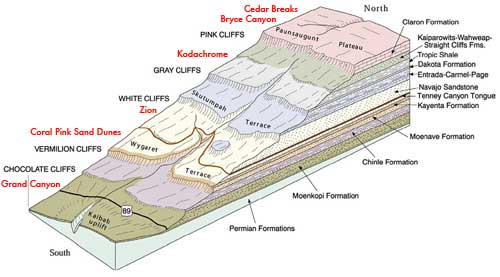
Click for a larger view
Pink Cliffs (Cedar Breaks & Bryce Canyon)
Grey Cliffs (Kodachrome)
White Cliffs (Zion & Coral Pink Sand Dunes)
Vermilion Cliffs
Chocolate Cliffs (Grand Canyon)

Click for a larger view

A generalized outline of the Grand Staircase region, spanning 150 miles from southern Utah down to northern Arizona, with the highest elevation point being at Cedar Breaks to the lowest point at the Grand Canyon (Click for a larger view)
I headed into the park. It was getting hot very quickly!


I started with the Nature Trail, an easy 1/2 mile loop with a paved surface and many informative signs.


Look deep, deep into nature, and then you will understand everything better. - Albert Einstein
The park is located on the Colorado Plateau. The exposed rocks range from the middle Jurassic period (180 million years ago) to the Cretaceous Period (95 mya).

The local geology
- The Carmel Formation (the oldest) is formed from the deposits of an inland sea. It has layers of gypsum, which form white striations in the red cliffs.
- The Entrada Formation comes from deposits laid down during a period of 40 million years. The red-colored, fine-grained sandstone forms the 'slickrock' that is common to most areas of southern Utah.
- Henrieville Sandstone is white to tan in appearance, but is relatively unnoticable in most of the park.
- The Dakota and Tropic Shale Formations form the uppermost layers. They were deposited when a vast seaway covered most of the North American interior.

In the foreground is a good example of slickrock.


Nearly 70 monolithic spires, ranging from 6 to 170 feet tall, jut up from the valley floor.
The park's most distinctive features are called Sedimentary Pipes (large columns of sedimentary rock that rise from the basin floor). While their exact origins are not known, there are several theories. One suggestion is that earthquakes caused cracks or pathways in the rock which then filled in with harder sediments. As the surrounding rock eroded away, these pathways remained. Another theory is that these pathways are the remnants of ancient springs, which after becoming choked with sediments, became harder than the rock that surrounded it. Again, enter erosion. And finally it is suggested that the pipes were formed from water-saturated pockets buried under layers of sediment. Pressure from these rock layers eventually forced the wet slurry upwards... again cementing to a harder stone, and again withstanding the wear of erosion.

There were many highly informative signs
At an elevation of 5,800 feet, plants must adapt to the drought conditions and extreme temperatures of semi-desert conditions. Instead of big shady leaves, they often have thorns or spines and very tiny leaves, if any at all. The leaves have a waxy coating to keep them from drying out during the day. At night, pores on the leaves (stomata) open up and absorb moisture. Many plants have special root system which allow them to collect water from deep underground. Plants such as cacti can store large amounts of water in their stems and roots.

The Pinyon Pine is monoecious, meaning it has both male and female cones on the same tree. The seeds are an important food source for many animals.

Roundleaf Buffaloberry is also known as Lead bush due to its color. The berries can be used to make jams and jellies.

Cryptobiotic soil crusts consist of cyanobacteria, lichens and mosses. This is what prevents the desert from becoming giant sands dunes. It basically prevents erosion, increases soil fertility and increases water infiltration.



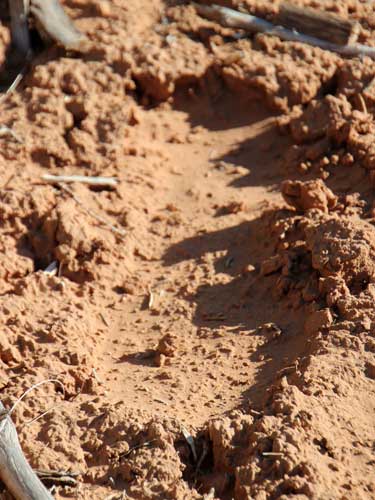
Unfortunately the soil crusts are easily damaged. Signs everywhere asked people to remain on trail... but it was obvious that very few actually listened.

Potentially decades of growth destroyed in mere seconds

The finest workers of stone are not copper or steel tools, but the gentle touches of air and water working at their leisure with a liberal allowance of time. - Henry David Thoreau
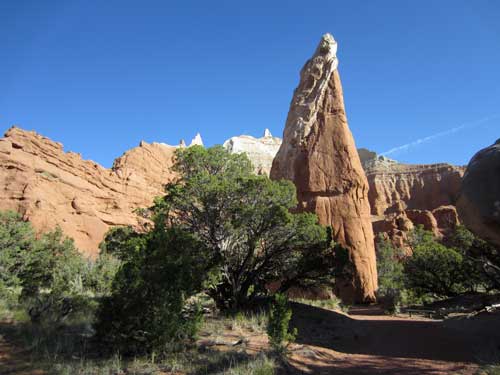
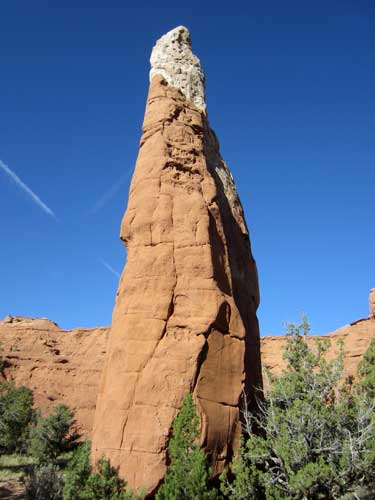

Dead trees provide nesting habitats, perches for birds of prey, and even food (for woodpeckers eating the insects living there). They also help hold the soil in place, preventing erosion. Once decayed, they release important minerals back into the soil.


Grasses are also very important against erosion. They also are an important food source.



Human subtlety will never devise an invention more beautiful, more simple, or more direct than does Nature, because in her inventions nothing is lacking and nothing is superfluous. - Leonardo Da Vinci

Mormon Tea is in the same group of plants as pines and junipers. Male plants prefer steep, drier spots while female plants like wetter areas that offer more moisture for seed production.
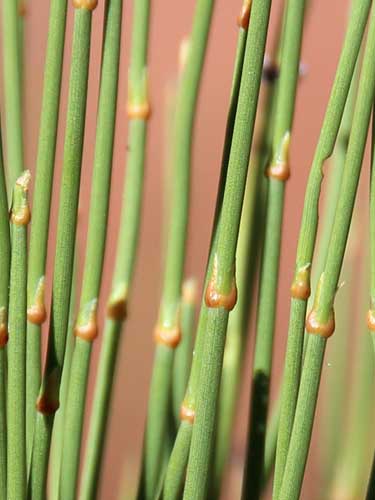
The leaves are SO tiny that they have basically just become scales. Photosynthesis is carried out in the green stems of the plant.

Many animals depend on the Utah Juniper for food. Again, note the tiny scaly leaves meant to prevent moisture from evaporating in the heat.

The thick pads of Prickly Pears are actually the stems.
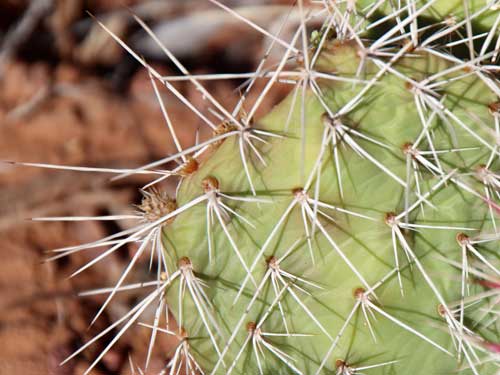
The cacti also have fine, tiny barbed spines called glochids. Once lodged in the skin, they are very difficult to remove.

All Plateau Striped Whiptails are female. There are no males. The eggs are unfertilized and the hatchlings are clones of the mother. Occasionally, a female will mate with a male of a different species (kind of like breeding a lion and a tiger and getting a liger). The offspring are parthenogens, meaning they are females that can produce eggs genetically identical to their own cells, resulting in an asexual, clonal population.
return • continue

